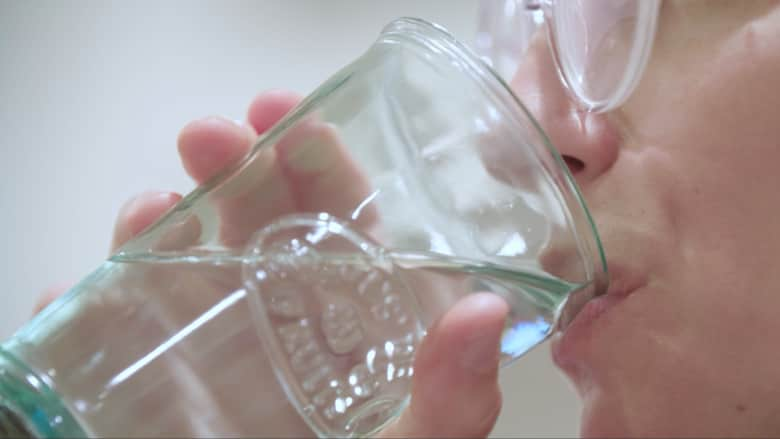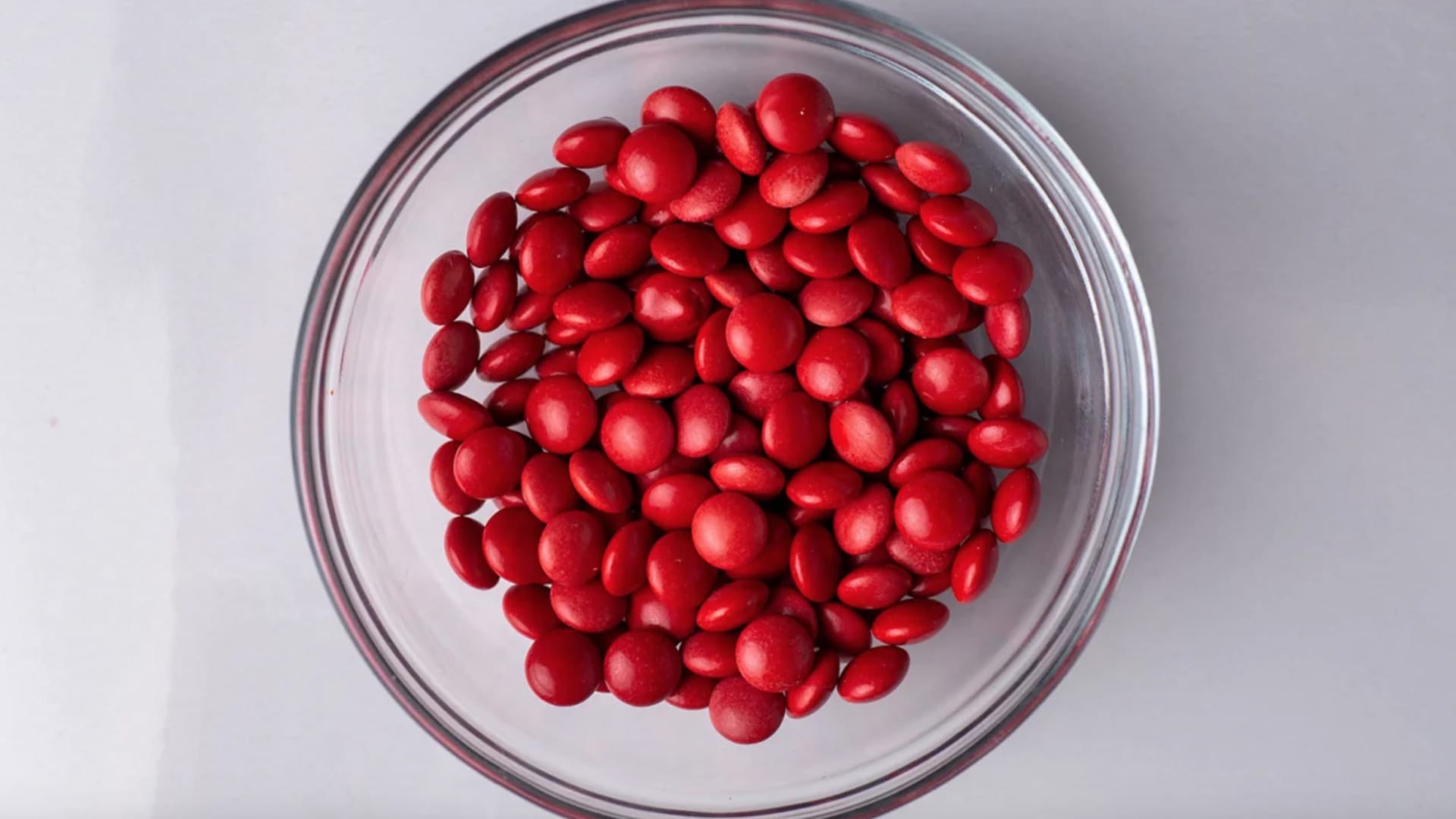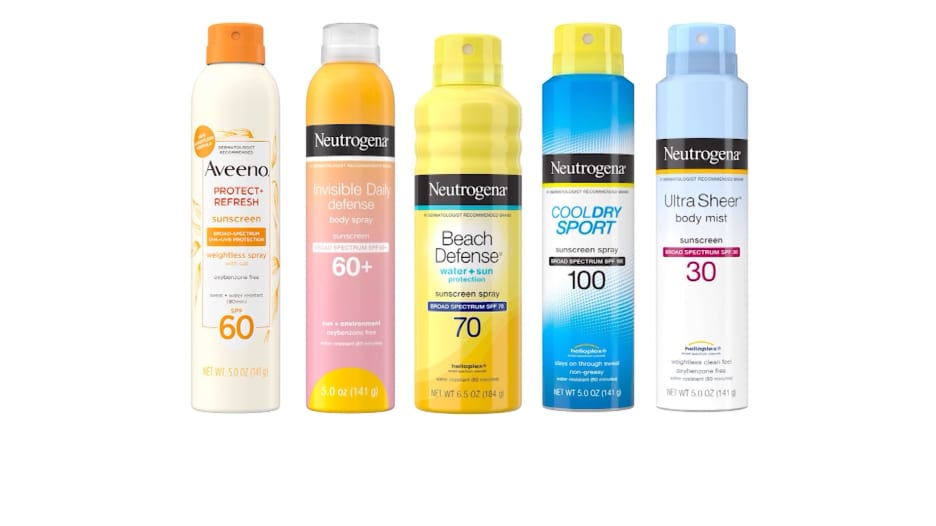دبي، الإمارات العربية المتحدة (CNN)-- حُظر استخدام بعض المواد الكيميائية في المنتجات الغذائية التي ارتبطت بمشاكل صحية، في الاتحاد الأوروبي، بينما سمحت الولايات المتحدة باستخدامها بمستويات آمنة ومحددة.
لكن، قد يساهم مشروع قانون، قُدّم أخيرًا في جمعية ولاية كاليفورنيا، بتغيير ذلك.
ويسعى مشروع قانون AB 418 إلى حظر تصنيع أو بيع أو توزيع المنتجات الغذائية في كاليفورنيا، التي تحتوي على صبغة حمراء رقم 3، أو ثاني أكسيد التيتانيوم، أو برومات البوتاسيوم، أو زيت نباتي بروميني أو بروبيل بارابين، بحسب بيان صحفي صادر عن مكتب عضو الجمعية جيسي غابرييل، الذي قدم مشروع القانون مع زميلته المشرعة الديمقراطية، بافي ويكس.
وفي حالة إقراره، سيدخل القانون حيز التنفيذ في 1 يناير/ كانون الثاني من العام 2025.
على سبيل المثال، يُستخدم ثاني أكسيد التيتانيوم كملوّن أبيض أو لإعطاء ملمس ناعم في الحلوى، والأطعمة المصنّعة الأخرى. ويضاف برومات البوتاسيوم إلى المخبوزات لمساعدة العجين على تقويته وانتفاخه.
وفي الاتحاد الأوروبي، تمّ حظر هذه المواد الكيميائية "بسبب الدراسات العلمية التي أظهرت أضرارًا جسيمة للصحة العامة، بما في ذلك زيادة خطر الإصابة بالسرطان، والمشاكل السلوكية لدى الأطفال، والأضرار التي تلحق بالجهاز التناسلي، وبجهاز المناعة"، وفقًا لما ورد في بيان غابرييل الإخباري.
وتواصلت CNN مع شركة Mars، الشركة الأم لـSkittles، وشركة Ferrara USA، الشركة الأم لمنتجات Nerds and Trolli، للتعليق على التشريع المقترح، ولكنّها لم تتلقّ أي رد بعد.
وقالت سوزان ليتل، كبيرة المدافعين عن شؤون حكومة كاليفورنيا لمجموعة العمل البيئي، في البيان: "نعلم أنها ضارة، ويتناول الأطفال على الأرجح هذه المواد الكيميائية أكثر من البالغين".
وتابعت: "ليس من المنطقي أن تُباع نفس المنتجات، التي يبيعها مصنّعو المواد الغذائية في كاليفورنيا، في الاتحاد الأوروبي، ولكن من دون هذه المواد الكيميائية السامة".
ويمكن استخدام المواد الكيميائية في الأطعمة بسبب ثغرة في قانون الأغذية والأدوية ومستحضرات التجميل الفيدرالي، التابع لإدارة الغذاء والدواء الأمريكية.
وفي سياق الغذاء، تنص التوجيهات على أن استخدام بعض الإضافات لا يخضع لمتطلبات الموافقة قبل التسويق، إذا كانت تفي بمعايير محددة اعتبرها الخبراء آمنة للاستهلاك.
وخلصت دراسة أجراها مكتب كاليفورنيا لتقييم مخاطر الصحة البيئية إلى أن الصبغة الحمراء رقم 3 قد تعرض الأطفال أكثر لصعوبات سلوكية، مثل نقص الانتباه.
ويذكر أن المستويات الفيدرالية الحالية للاستهلاك الآمن لأصباغ الطعام قد لا تحمي صحة دماغ الأطفال. وأشار التحليل إلى أن المستويات القانونية الحالية، التي حددتها إدارة الغذاء والدواء منذ عقود، لا تأخذ الأبحاث الجديدة بعين الاعتبار، وفقًا لمجموعة العمل البيئي.
ورفض متحدث باسم إدارة الغذاء والدواء التعليق لـCNN على موضوع التشريع المعلّق.
وأعربت ليندا بيرنبوم، المديرة السابقة للمعهد الوطني لعلوم الصحة البيئية، عن دعمها لمشروع القانون خلال مؤتمر صحفي عقد الخميس، شجّع على إزالة الصبغة الحمراء رقم 3 من المنتجات الغذائية.
كيفية تجنب بعض هذه المكونات
تطلب إدارة الغذاء والدواء من الشركات المصنّعة إدراج الصبغة الحمراء رقم 3 كمكون على ملصقات الطعام. ويجب على الأشخاص المعنيين التحقق من قوائم المكونات كخطوة أولى.
وفي الأدوية، يمكنك البحث عن الأصباغ في قسم "المكونات غير النشطة"، أو البحث عن إصدارات خالية من الصبغة لبعض الأدوية، كما تقترح تقارير المستهلك.






